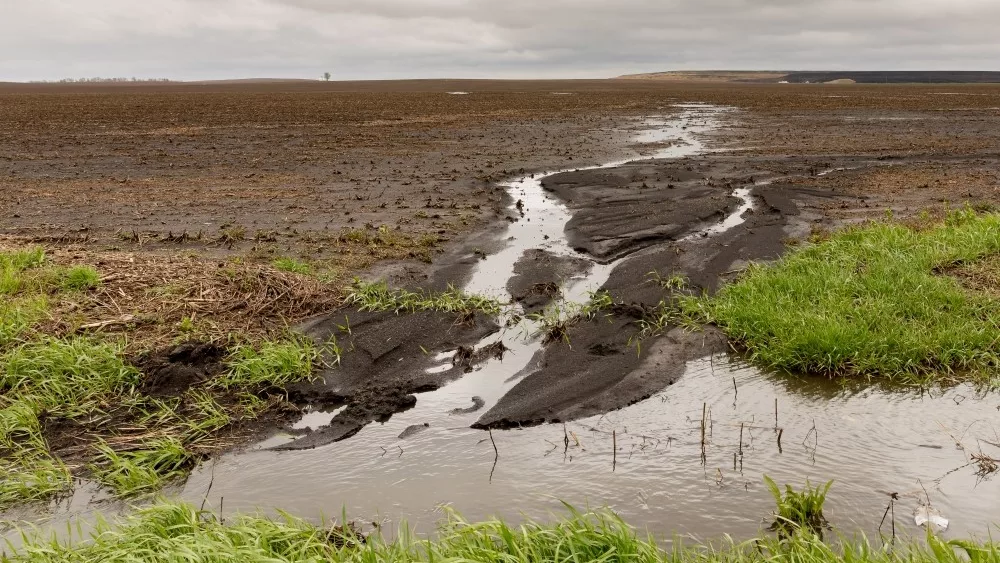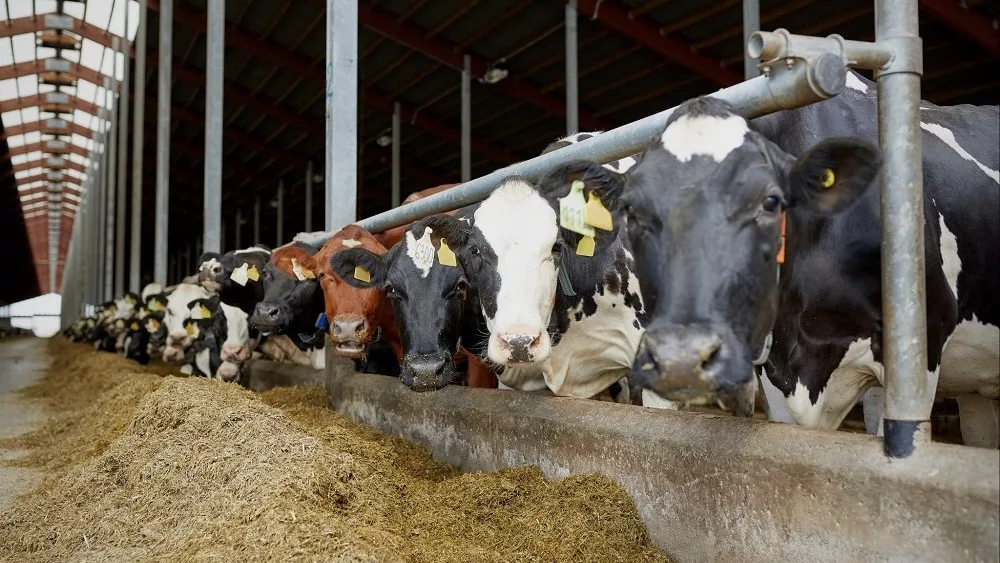 Michigan farmers are quickly catching up on planting progress across the state.
Michigan farmers are quickly catching up on planting progress across the state.
So far in Michigan, 60 percent of the expected corn crop has been planted according to the USDA’s Weekly Crop Progress Report for the week ending Sunday, May 22, 2022. This compares with only 31percent last week. Last year, 85 percent had already been planted and 60 percent was planted as an average over the past five years. At this time, 18 percent of the state’s corn crop has emerged.
The USDA also shows that 47 percent of the expected soybean crop has been planted at this time. Last week, that percentage was at 32 percent. This compares with 79 percent in 2021 and 46 percent over the past five-year average. To date, 13 percent of the state’s soybean crop has emerged.
In addition, 96 percent of the state’s sugarbeet crop is planted. This compares with 100 percent already planted last year and 95 percent over the past five-year average. At this time, 71 percent of Michigan’s sugarbeet crop has emerged.
The report shows that there were 4.3 suitable days for fieldwork this past week compared to 5.1 suitable days the week before.
Despite cool and damp conditions prevailing across much of the State, producers were able to continue to make planting progress in between rain events, according to Marlo D. Johnson, Director of the Great Lakes Regional Office of the National Agricultural Statistics Service.
Temperatures fell and rain saturated fields across much of the state, slowing crop emergence; however, the Eastern Upper Peninsula is still experiencing abnormally dry weather. The Northern Lower Peninsula and Upper Peninsula reported freezing and near freezing nights, oats may be affected. In the Central and Southern Lower Peninsula, planting of corn and soybeans continued making up for lost time.
In the Southeast, alfalfa and other hay fields were continuing to improve. No signs of insect or disease issues at this time. Other activities during the week included applying fertilizer as conditions allowed.
Fruit
Warm temperatures early in the week and in the week prior, accelerated fruit crop progress and overwintering populations of cherry fruitworm and cranberry fruitworm.
In the Southwest, peach bloom was nearly complete. On the Ridge, peaches were in shuck.
Tart cherries in the Southwest were nearly out of bloom in later maturing blocks. In the earliest maturing blocks, tart cherry fruitlets were up to 9.5mm. In the Northwest, tarts were in bloom or early petal fall.
Apples in the Southwest were mostly in petal fall; very early maturing varieties were 10 to 12 mm in diameter. In the Northwest, apples were in bloom. On the Ridge, early varieties like Ginger Gold were in petal fall and fruit were around 6 mm. Later maturing varieties like Honeycrisp were in late bloom to petal fall.
Blueberries in the Southwest were at bloom or petal fall depending on variety. In West Central Michigan, blueberries ranged from full bloom in Allegan County to around 50 percent bloom in Ottawa County.
Vegetables
Producers experienced varied weather conditions as vegetable plantings continued throughout the State. Cooler weather made asparagus harvest more manageable, providing relief to growers. Some varieties of tomatoes were beginning to blush while field rhubarb was starting to flower.
Onions were at various stages of growth, with some being transplanted, some emerging, and some developing leaves.
Pest presence was detected on a number of crops, including cabbage and cucumbers.
Sweet corn planting continued, and West Central growers were getting ready to plant peas for processing. In the East, radishes and turnips were being harvested, and beet harvest was expected to start soon.





